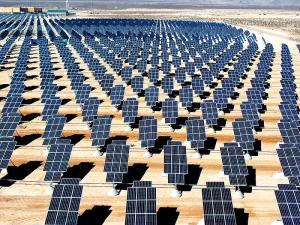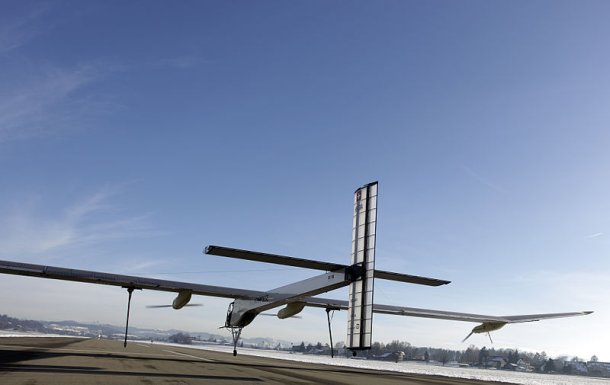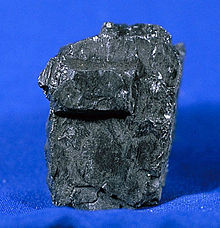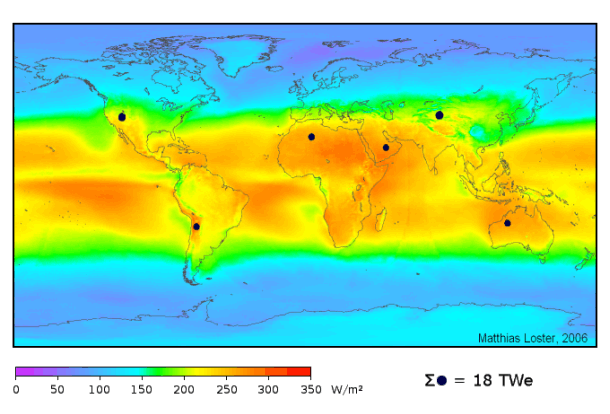Solar panels are quickly becoming one of the most popular clean-energy options on the market. A study conducted by Forbes proved solar power is the 10th fastest-growing industry in the United States.

Nellis Solar Power Plant in Nevada, USA. This 140 acre installation provides 14MW of power to the nearby air force base. (Photo credit: Wikipedia)
Despite the hype surrounding this technology, there remains a wealth of solar energy information that is unknown to many. Understanding the solar power facts listed here could be the difference between budget-busting power bills and clean-energy savings.
1. Solar panels are more affordable than ever.
There are several factors contributing to the recent drop in solar panel cost. New tax benefits introduced by the Obama Administration allow an individual to write off 30 percent of the panel installation cost. There is no limit to the amount that this 30 percent can reach, which promotes investment in quality panels.
Power Purchase Agreements (PPAs) are making clean energy affordable to those who, until a few years ago, would have never considered investing in solar power. Companies that offer PPAs install solar panels and maintain them for free. The property owner pays the same energy bill as before plus a small premium until the cost of the solar panels is paid off. In the end, everybody wins. The company makes a small profit in the long term, and the property owner has solar power. Companies that manufacture solar panels also benefit from PPAs due to an increase in sales volume.
2. Solar power is the 10th fastest-growing industry in the United States.
Due to improved manufacturing processes and the recent affordability of solar power, the industry is booming. Shell Oil predicts that 50 percent of the world’s energy will come from renewable sources by 2040. With public concern about global warming escalating, the industry is playing a bigger role in world economics.
3. About 30 percent of energy consumption is used to heat water. This task can be accomplished by solar water heating (SWH) systems.
The two common types of solar water-heating systems are the “close-coupled” system and the “pump-circulated” system. In a “close-coupled” system, a storage tank is mounted above solar collectors. No pumping is required because the hot water rises into the tank due to thermosiphon flow. In a “pump-circulated” system, a storage tank is floor- or ground-mounted and is situated below the collectors. A pump moves the water between the collectors and the tank.
4. Each month, a 1-kilowatt solar panel array will prevent approximately 170 pounds of coal from being burned and save more than 100 gallons of water.
This statistic is especially remarkable since most solar power systems produce more than 1-kilowatt per day.
5. A solar-powered aircraft flew more than 4,000 km across the USA.

HB-SIA Solar Impulse - world distance record holder for solar aviation (Set May 2013)
6. Solar panels can earn money for the property owner.
If solar panels produce a surplus of energy, that energy is fed back into the power grid. In most states, the utility company will provide financial compensation to the property owner for this contribution. Solar panels not only save the environment and reduce power bills, but also can produce an unexpected pay check every month.
7. Even fossil fuels are products of solar energy.

Coal, a fossil fuel formed by anaerobic decomposition of buried dead organisms
8. The world’s largest solar electric system was built in Germany.
Bavaria Solarpark is a 10-megawatt solar electric system that covers 62 acres. This system comprises an astonishing 57,600 photovoltaic panels.
9. Each year, Australia hosts a 3,021 km car race for solar-powered vehicles. In the first race, which took place in 1987, the drivers’ average speed was 67 km/hr. By 2005, it jumped to 103 km/hr!
Car exhaust is a leading cause of global warming. This race spreads awareness of solar-powered vehicles and demonstrates a dramatic leap in solar-power innovation.
10. 99.99 percent of all solar energy remains untapped.

This map shows the natural distribution of solar energy across the world. Just the solar areas covered by black discs would be sufficient to meet the world's primary energy demand. (Photo credit: Wikipedia)
In Australia, the available solar energy is approximately 15,000 times greater than the country’s energy consumption. If all of this power was captured, it would amount to 2,000 times more than the nation’s usage.
Solar energy can be a lucrative asset for the individual, but only if he or she understands how to benefit from new innovations and monetary policies. Although these facts about solar energy address a number of solar-power concerns, new solar energy facts are being published almost daily. Staying up-to-date with clean-energy options could mean big savings for businesses and families.
If you enjoyed this list of facts about solar energy, you can read more about the pros and cons of solar energy here.